Of the many things that can put a damper on your day, allergies are certainly one of the more trying. Not only can they disrupt your daily routine and make it difficult to concentrate, but they can also significantly impact your overall health and well-being.
Unfortunately, allergies are an all-too-common occurrence for people living in certain parts of the United States. In fact, according to a study by the Asthma and Allergy Foundation of America (AAFA), 20 cities in the U.S. are particularly problematic for allergy sufferers.
The study was based on factors such as pollen count, allergy medicine usage and the number of allergists in the area. Topping the list are cities in the southern and southwestern parts of the country, which tend to have longer allergy seasons due to milder winters and higher pollen counts throughout the year.
While some of the cities on the list may not be surprising to those who live in them, others, such as cities in the northeast, may shock those who assumed that allergies were primarily a problem in warmer areas. Regardless of the location, however, the AAFA study serves as a sobering reminder that allergies can be a serious issue and that people who suffer from them may need extra precautions to stay healthy and comfortable.
These are the 20 U.S. Cities where allergies are the worst.
20. Rochester, New York
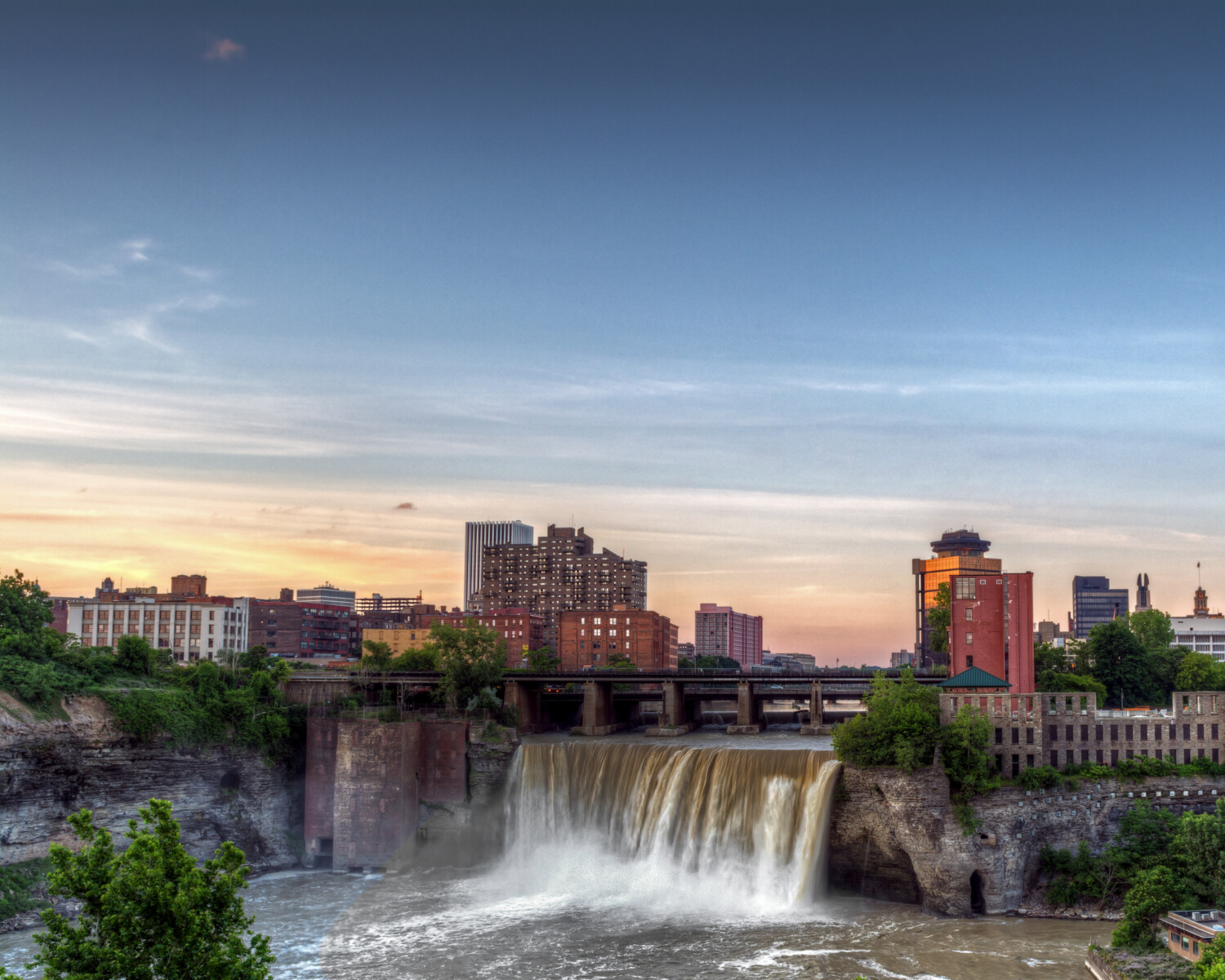
This western New York city has been ranked for having worse-than-average overall pollen levels, with a 76.74-point rating. The city’s primary pollen source is trees, followed by weeds. However, despite this challenging pollen situation, the study reports that Rochester has an average rate of medicine used. The city also has a better-than-average ranking for the number of people who require specialist care.
19. Greensboro, North Carolina
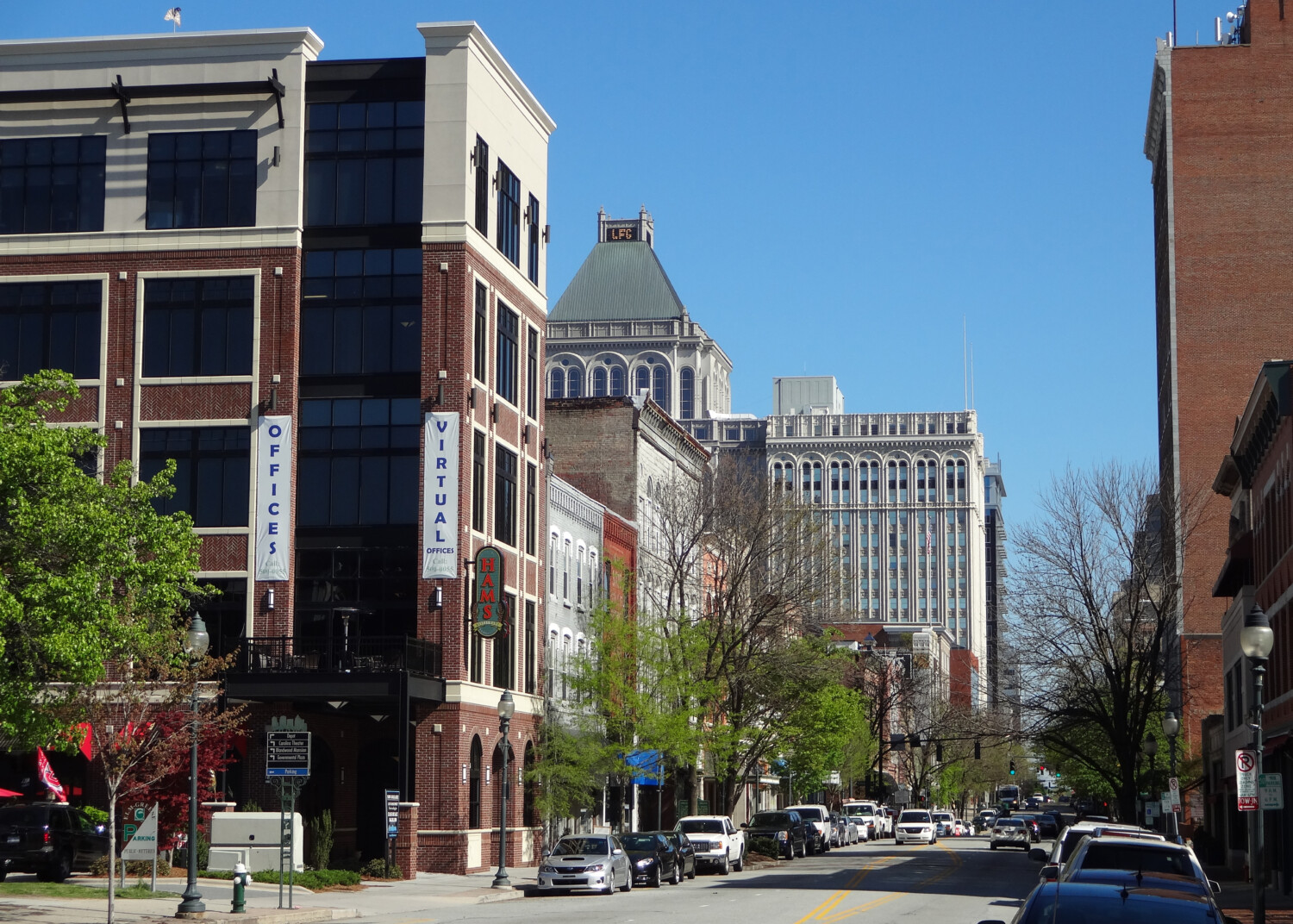
Greensboro has average overall pollen levels, with a 76.76-point ranking. Weed pollen is one of the top sources of allergies in Greensboro, affecting individuals all year round, with peak pollen activities observed in April.
Unfortunately, Greensboro’s medical community struggles to find a solution to the pollen allergy crisis, with the city reporting a worse-than-average rate for medicine usage and a poorer-than-average ranking for individuals needing specialist care. Despite Greensboro’s average overall pollen levels, the insufficiency in medical access and medication attainment makes it a challenging place to live for people with allergies.
18. Tampa, Florida
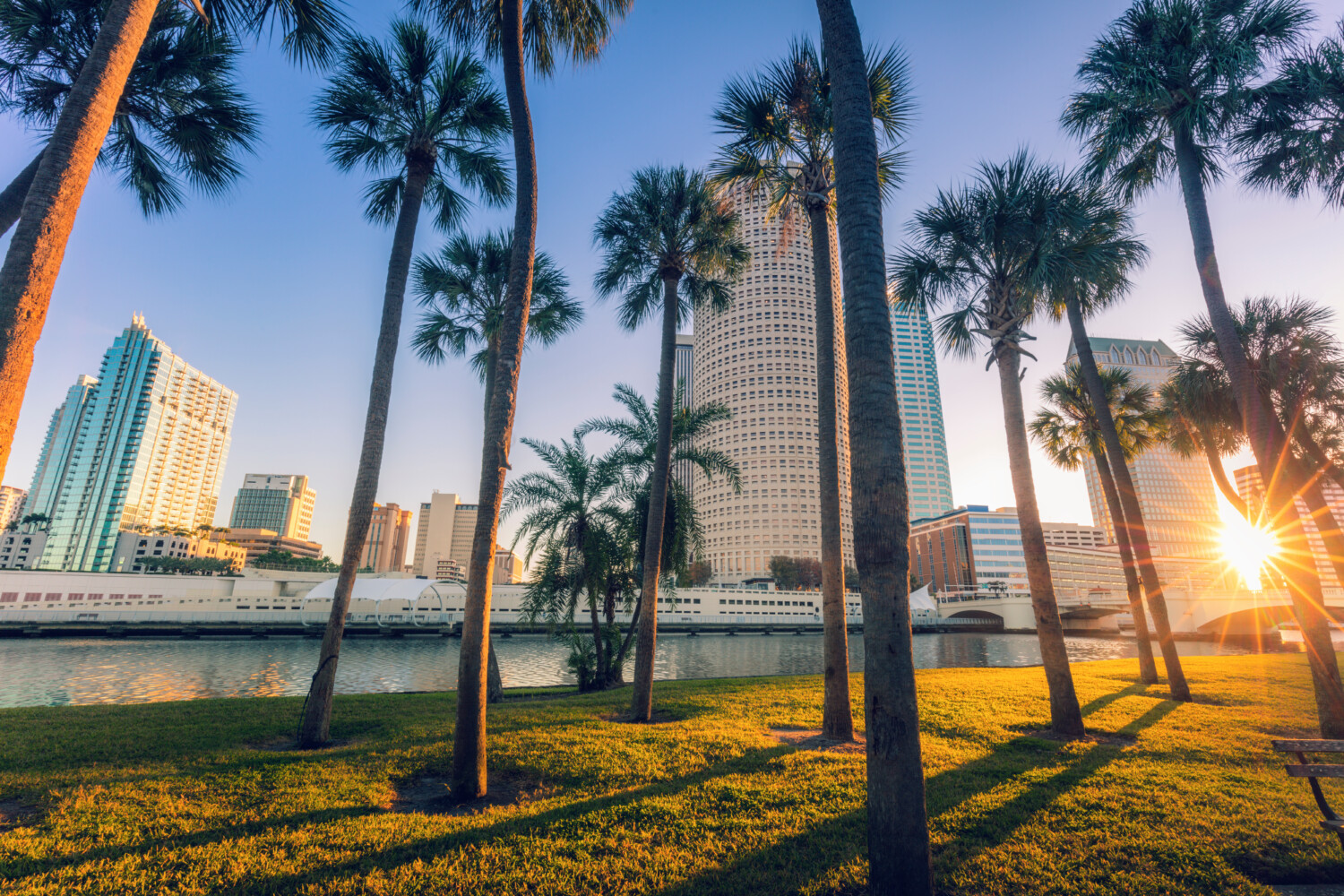
Tampa has been ranked on the list for having worse-than-average overall pollen levels, with a 77.02-point ranking. Weed pollen is one of the prominent allergen sources in Tampa; it ranks 12th-highest in terms of weed pollen count. Although the city ranks average for the number of individuals seeking specialist care, it has a poorer-than-average rate for the amount of medicine used by patients.
17. Palm Bay, Florida
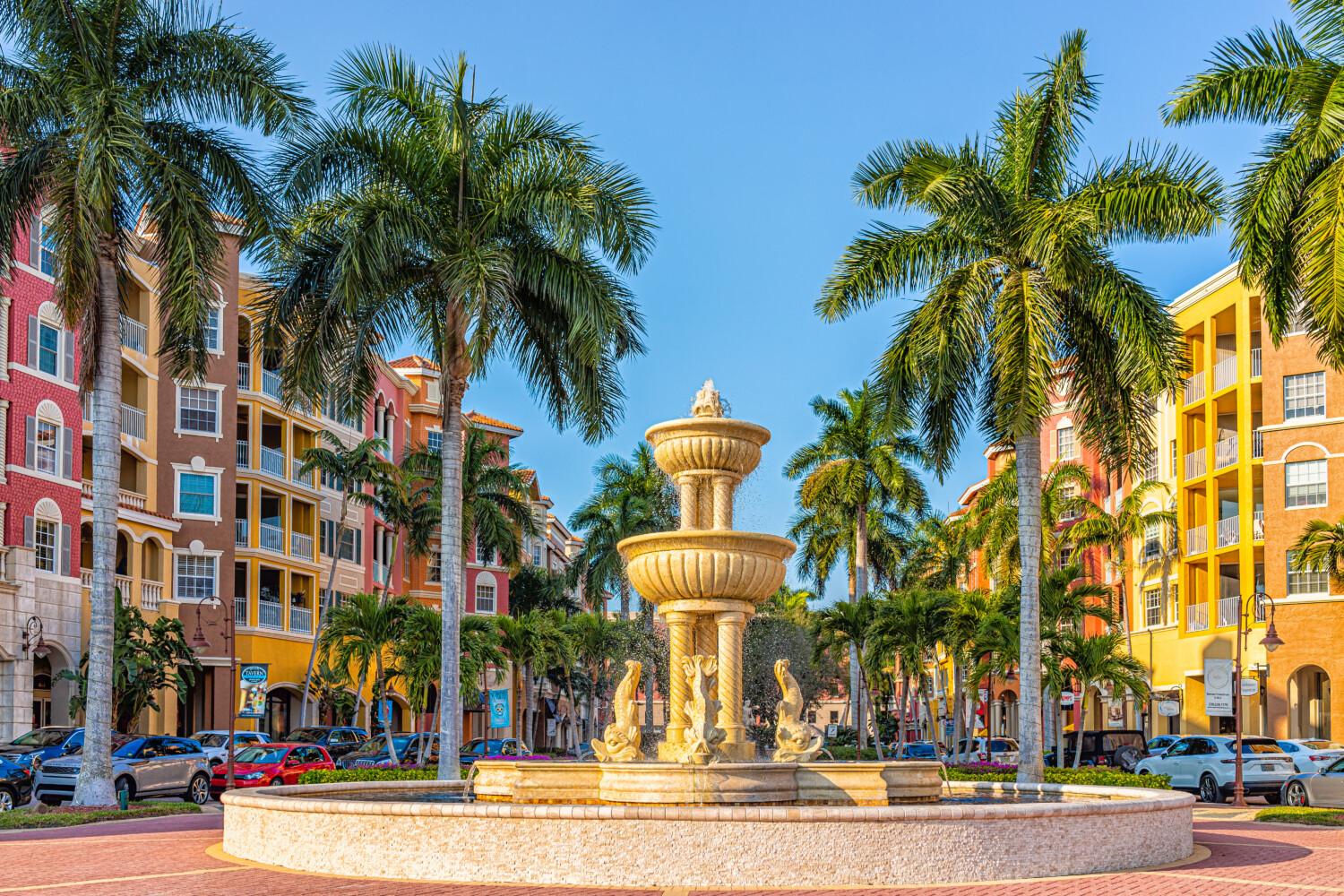
Palm Bay has average overall pollen levels, receiving a 77.06-point ranking. Weed pollen is one of the top allergen culprits in Palm Bay, followed by tree pollen. This city has worse-than-average rankings for medicine use and for those who ultimately need to seek specialist care.
16. Raleigh, North Carolina
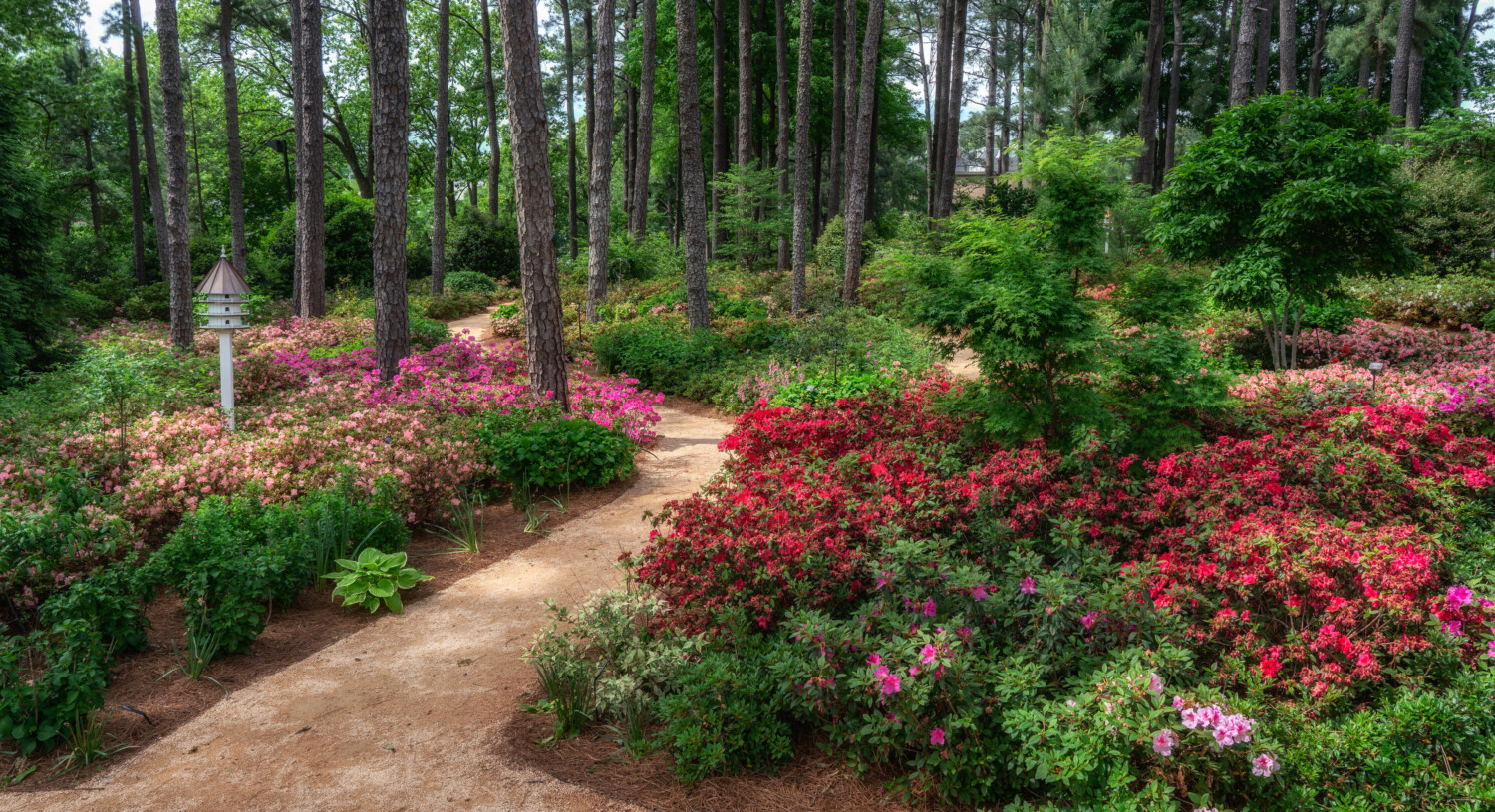
North Carolina’s capital has an average overall pollen level, with 77.33 points on the ranking. Weed pollen is the top allergen component in Raleigh, followed by grass pollen. Despite Raleigh’s average ranking, individuals with allergies have a higher-than-average rate of medicine use and number of people seeking treatment.
15. Lakeland, Florida
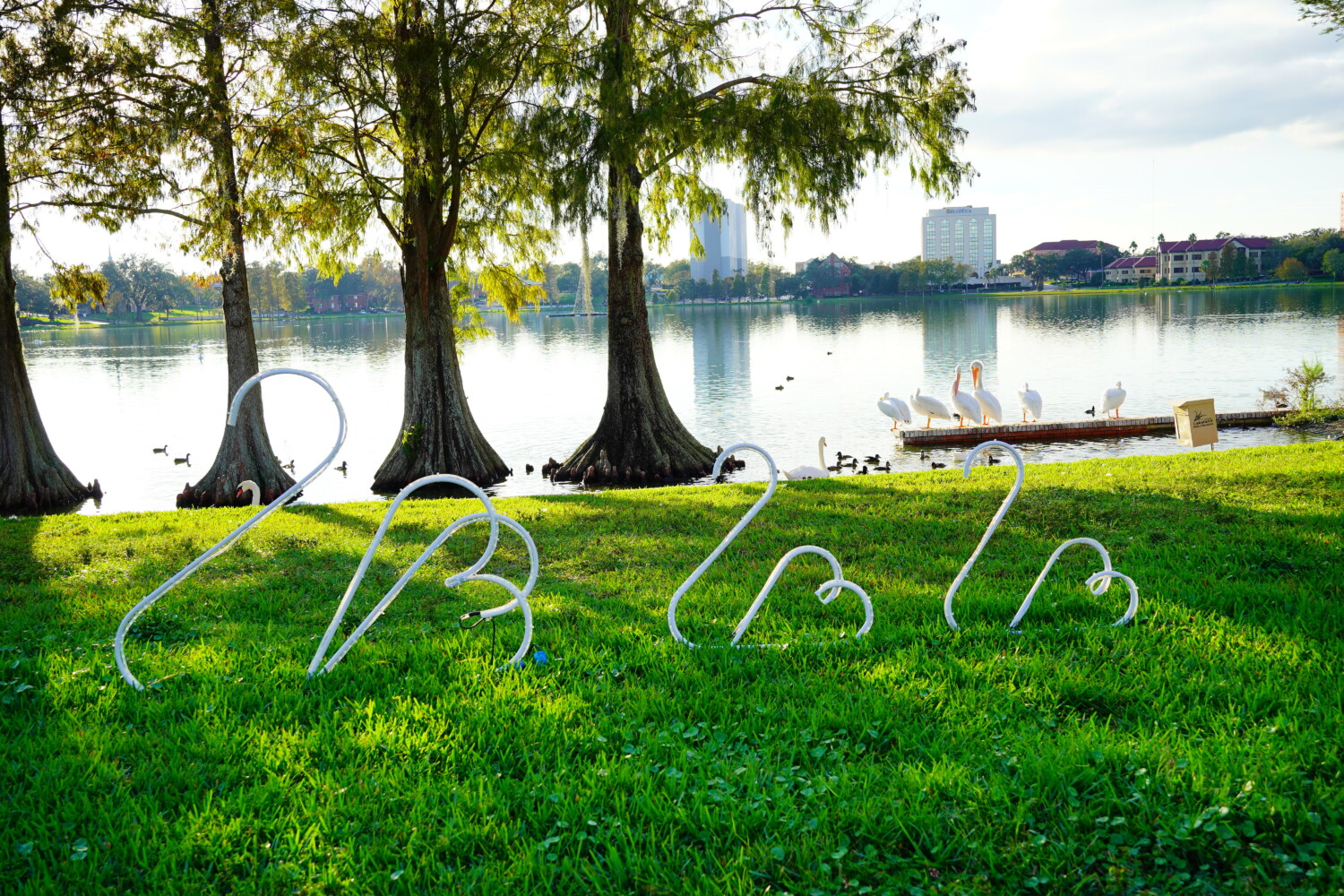
Lakeland also has an average overall pollen level, at 77.49 points on the ranking. Weed pollen is the allergen component most commonly seen in Lakeland, followed closely by grass pollen. Residents of Lakeland may find relief from their symptoms through medication use, as its rate for medicine use is within an average range. Unfortunately, this does not automatically mean better access to care, as Lakeland has a worse-than-average ranking for people seeking specialist attention.
14. Miami
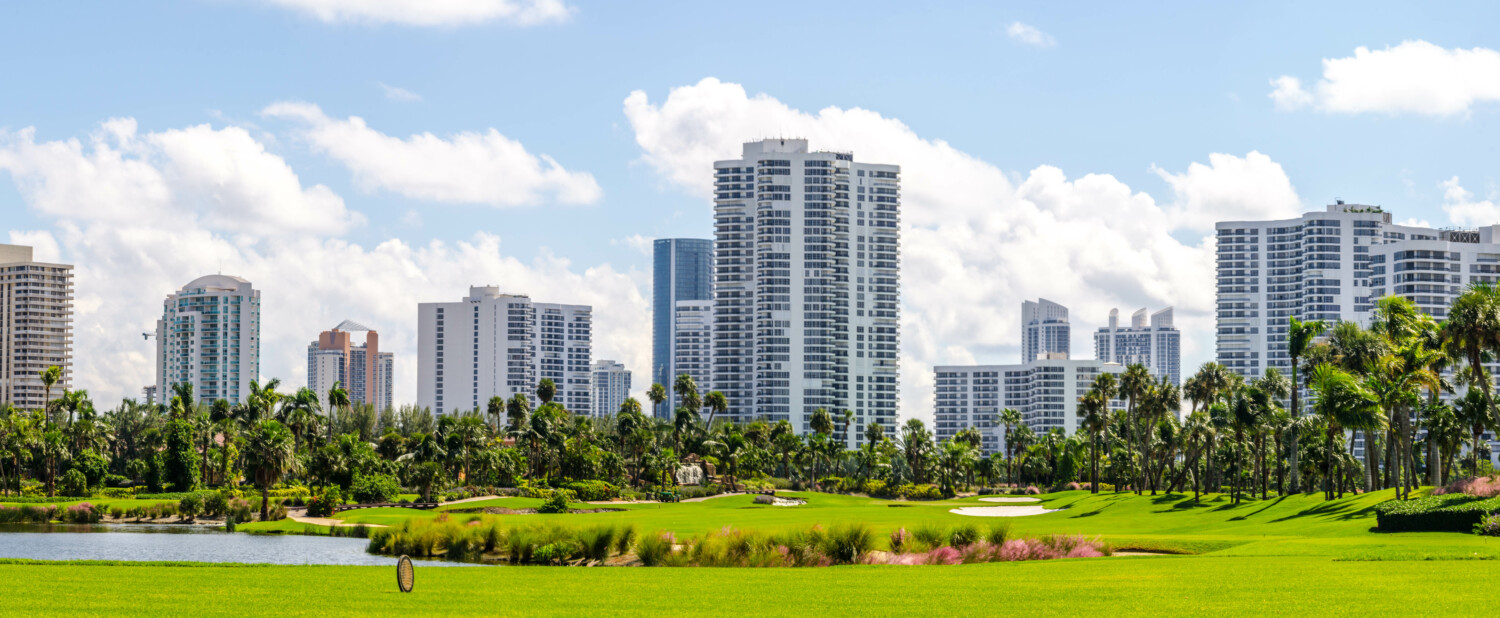
The city’s average overall pollen level is 77.64 points, making it one of the top cities with challenging pollen allergies. Tree pollen is the most common allergen component in Miami, followed by grass pollen. However, Miami has an average rate of medicine use and people who seek specialist care for their allergy symptoms.
13. Little Rock, Arkansas
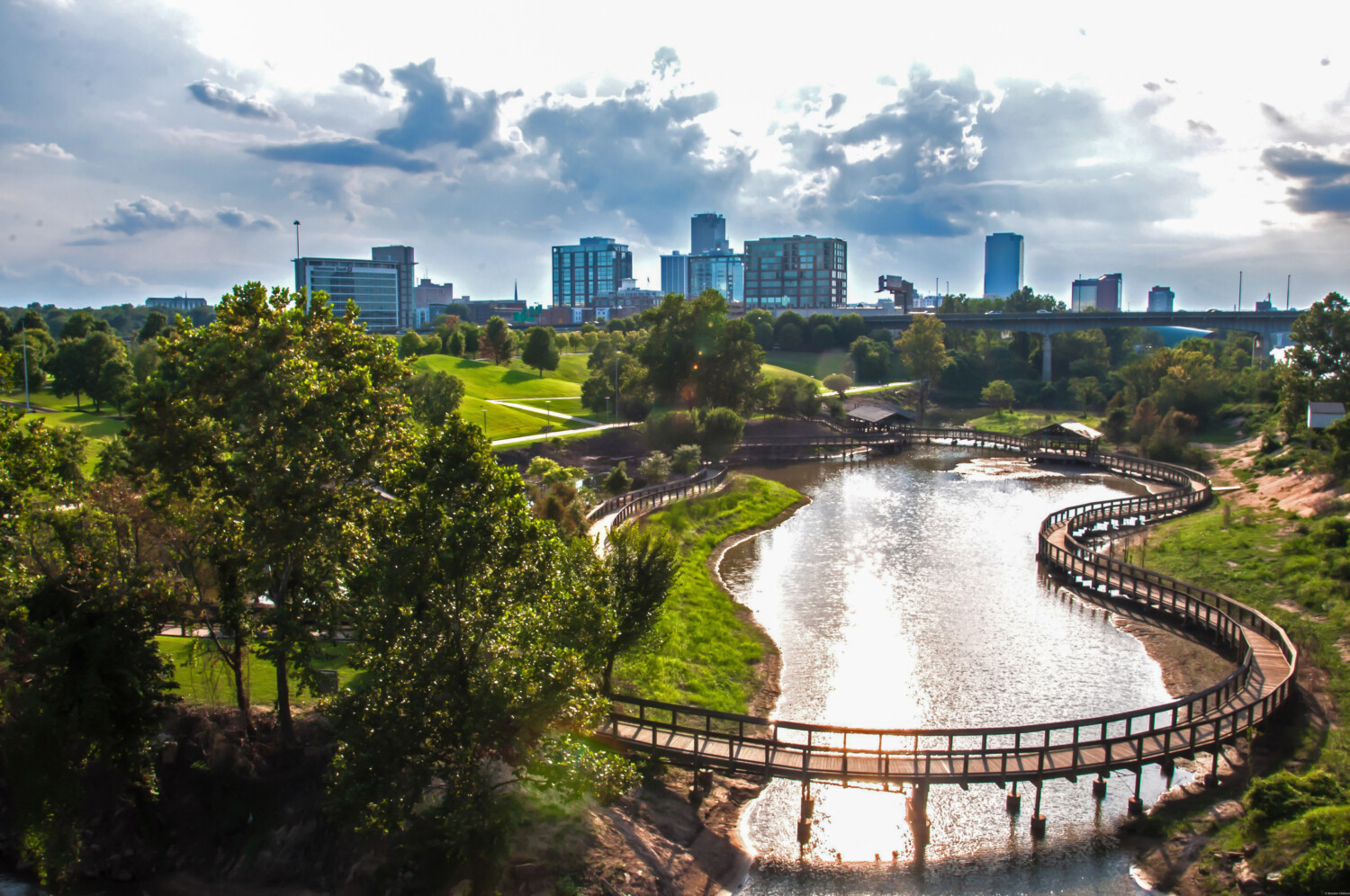
Little Rock has been included on the list for having some of the worst allergies in the United States. Its average overall pollen level is 77.90 points, making it one of the top cities with challenging pollen allergies. Tree pollen is the most common allergen component here, followed by grass pollen. In addition, Little Rock has an average rate for medicine use but gets props for a better-than-average ranking for those who ultimately need to seek specialist care.
12. Houston
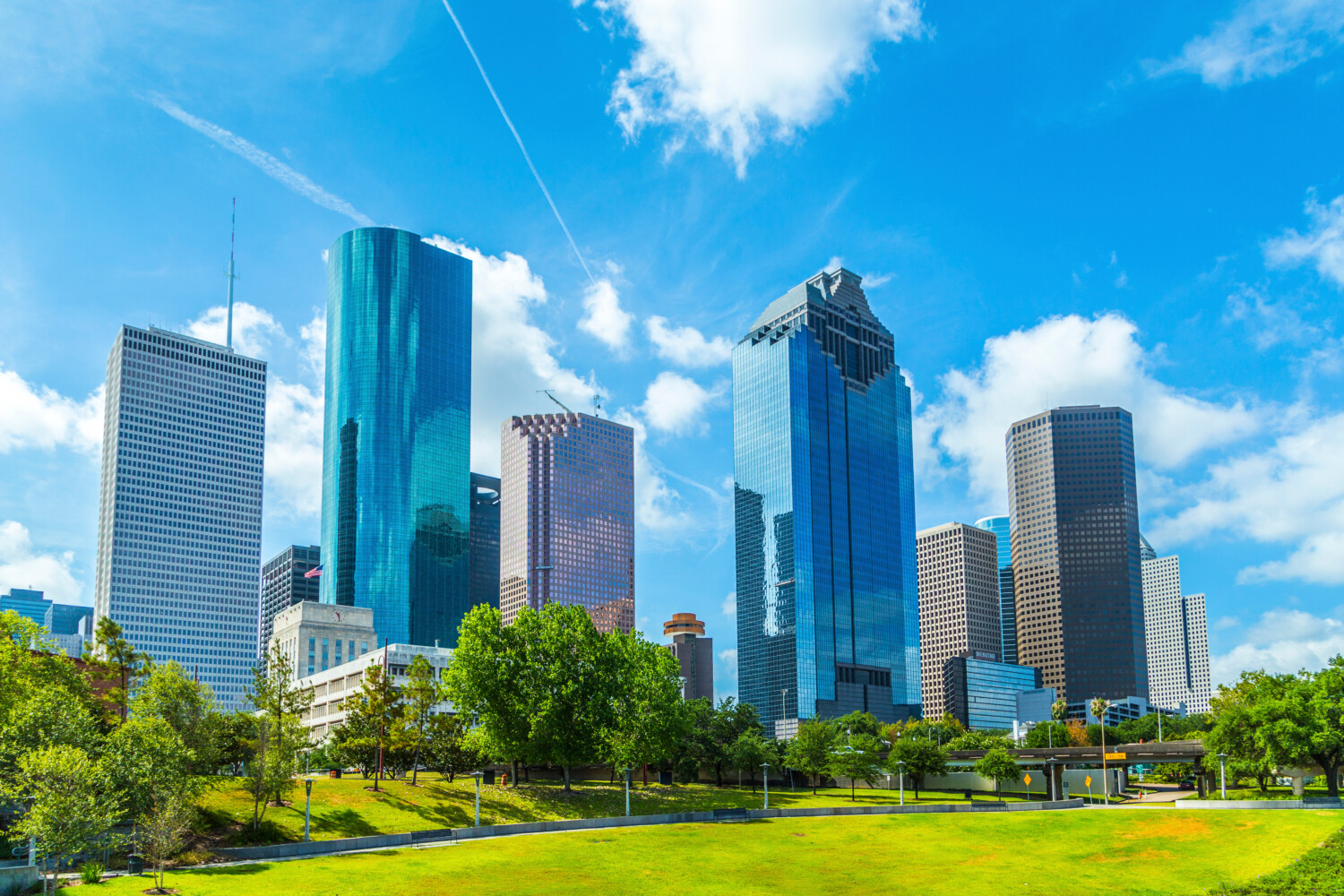
Houston’s average overall pollen level is 78.33 points. Grass pollen is the most common allergen component here, followed by tree pollen. Houston’s pollen count is worse than average but it has an average rate for medicine and for those who ultimately need to seek specialist care.
11. Virginia Beach, Virginia
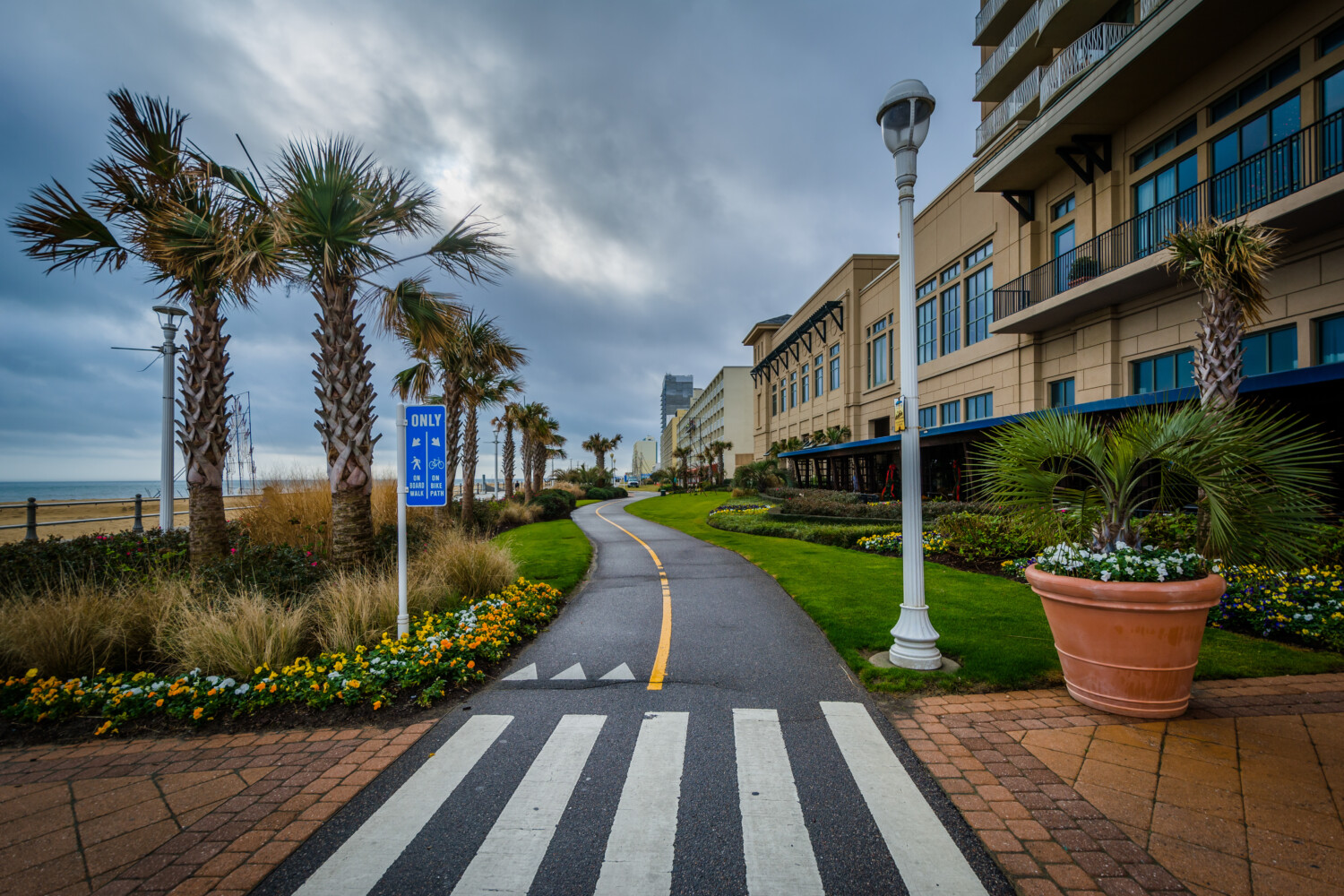
Virginia Beach has an average overall rating of 78.35 points. Grass pollen is the most common allergen component here, followed by weed pollen. In addition, Virginia Beach has a worse-than-average rate for medicine use, but comes in at average levels for those who ultimately seek treatment.
10. Greenville, South Carolina
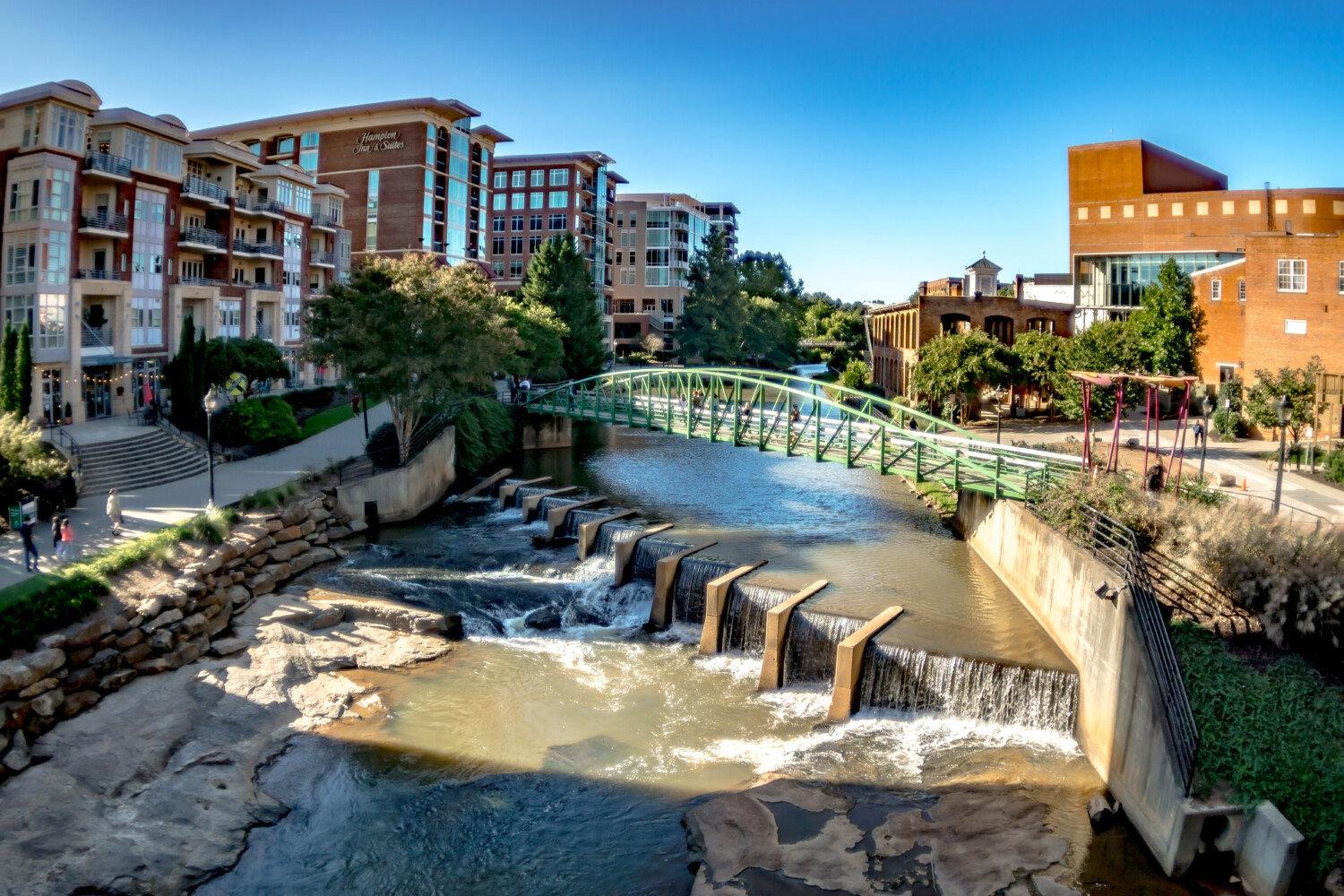
With an average overall rating of 79.43 points, Greenville residents deal with high amounts of grass and weed pollen. Compared to other cities, Greenville has a worse rate for medicine use but an average ranking for those who ultimately need to seek specialist care.
9. Des Moines, Iowa
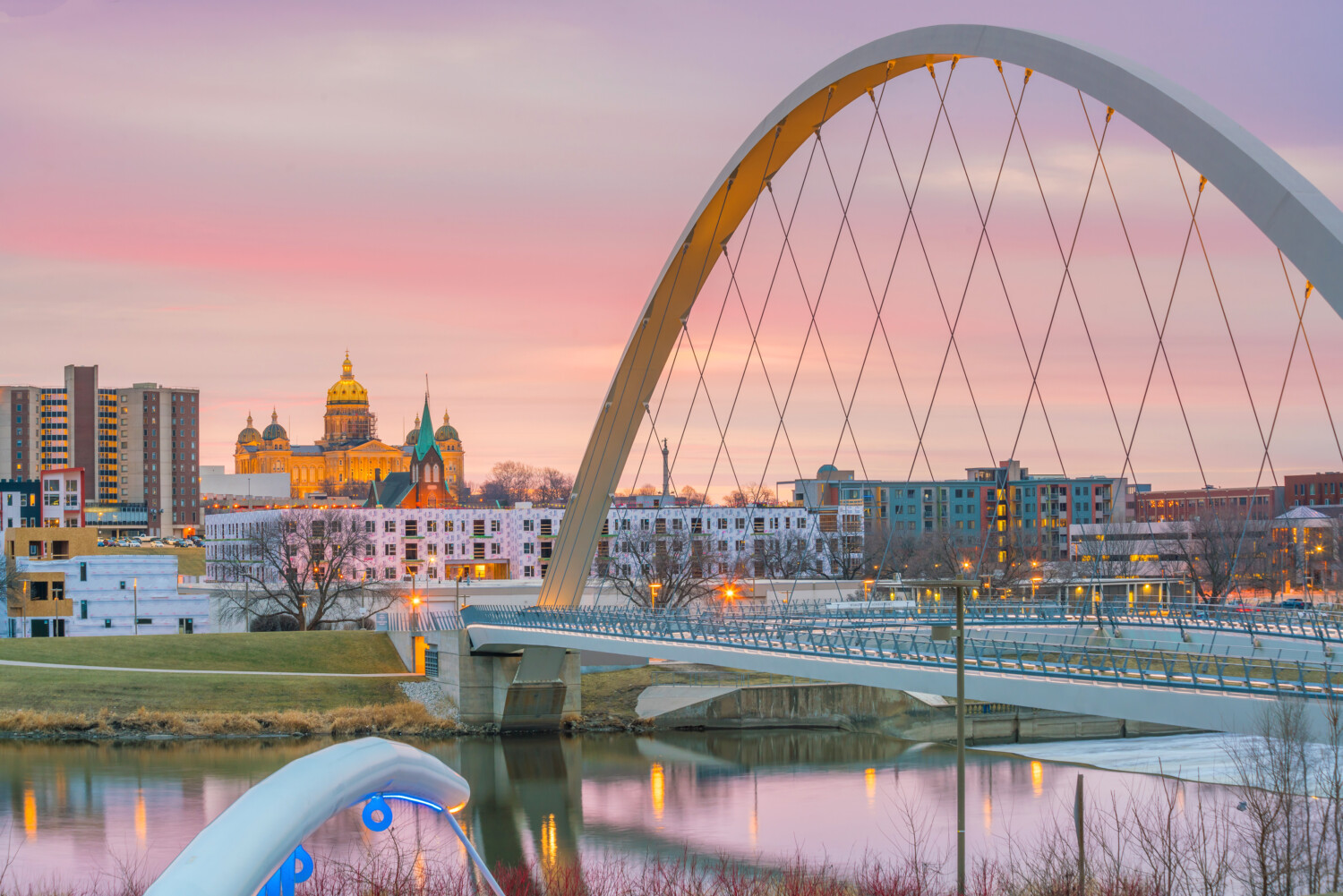
Des Moines has an average rating of 80.76 points, making it a difficult city for those with allergies. Weed pollen is the most prominent allergen here — it’s considered a top five weed pollen allergy capital — and Des Moines also has a worse-than-average rate for specialist care. However, the amount of medicine used is average.
8. Orlando, Florida
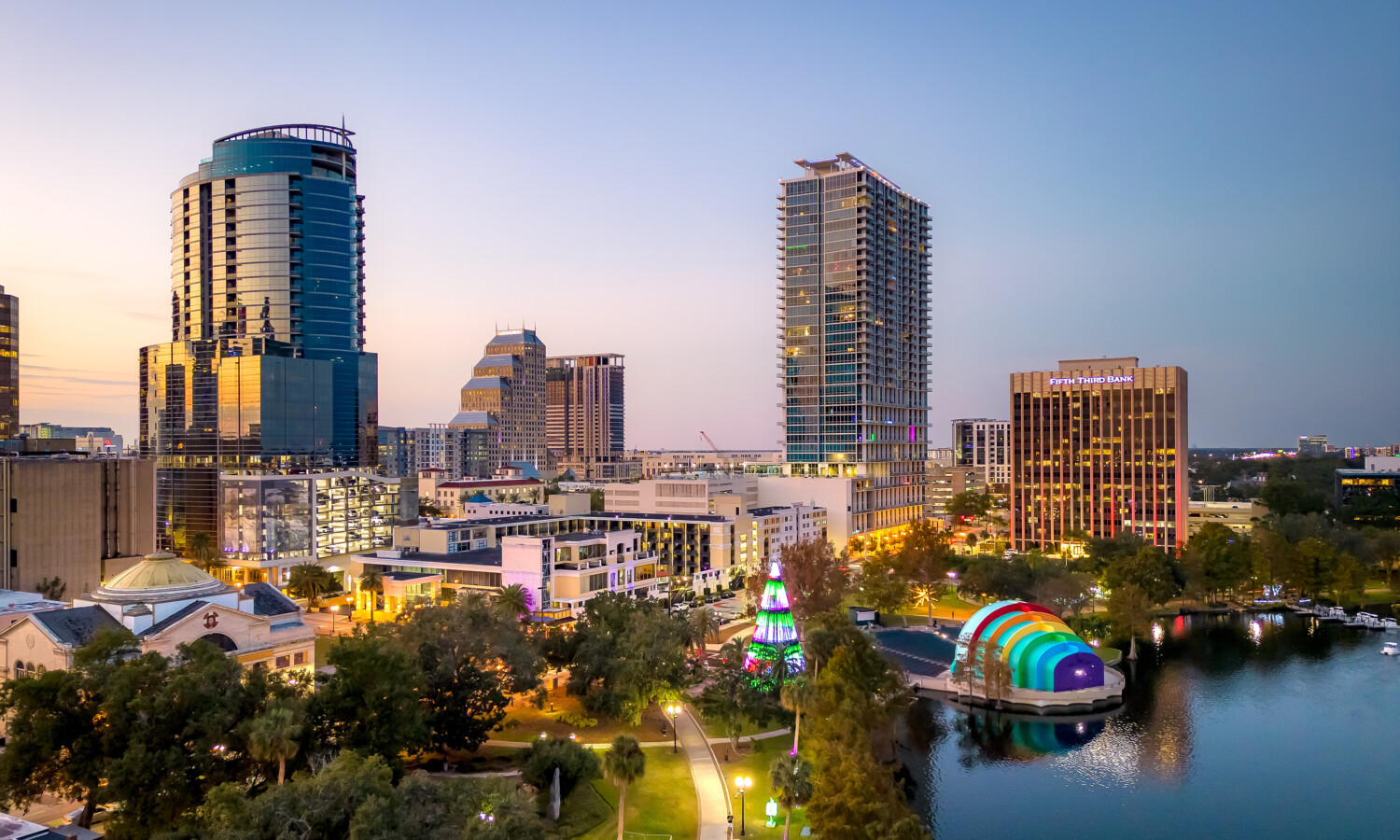
Orlando receives an overall score of 81.12 points, with weed pollen affecting people from April through December. Though Orlando has an average rate for medicine use, it has a worse-than-average rate for those seeking specialist care. It’s high in all tree pollen categories, but makes the top five for weed allergies.
7. Cape Coral, Florida
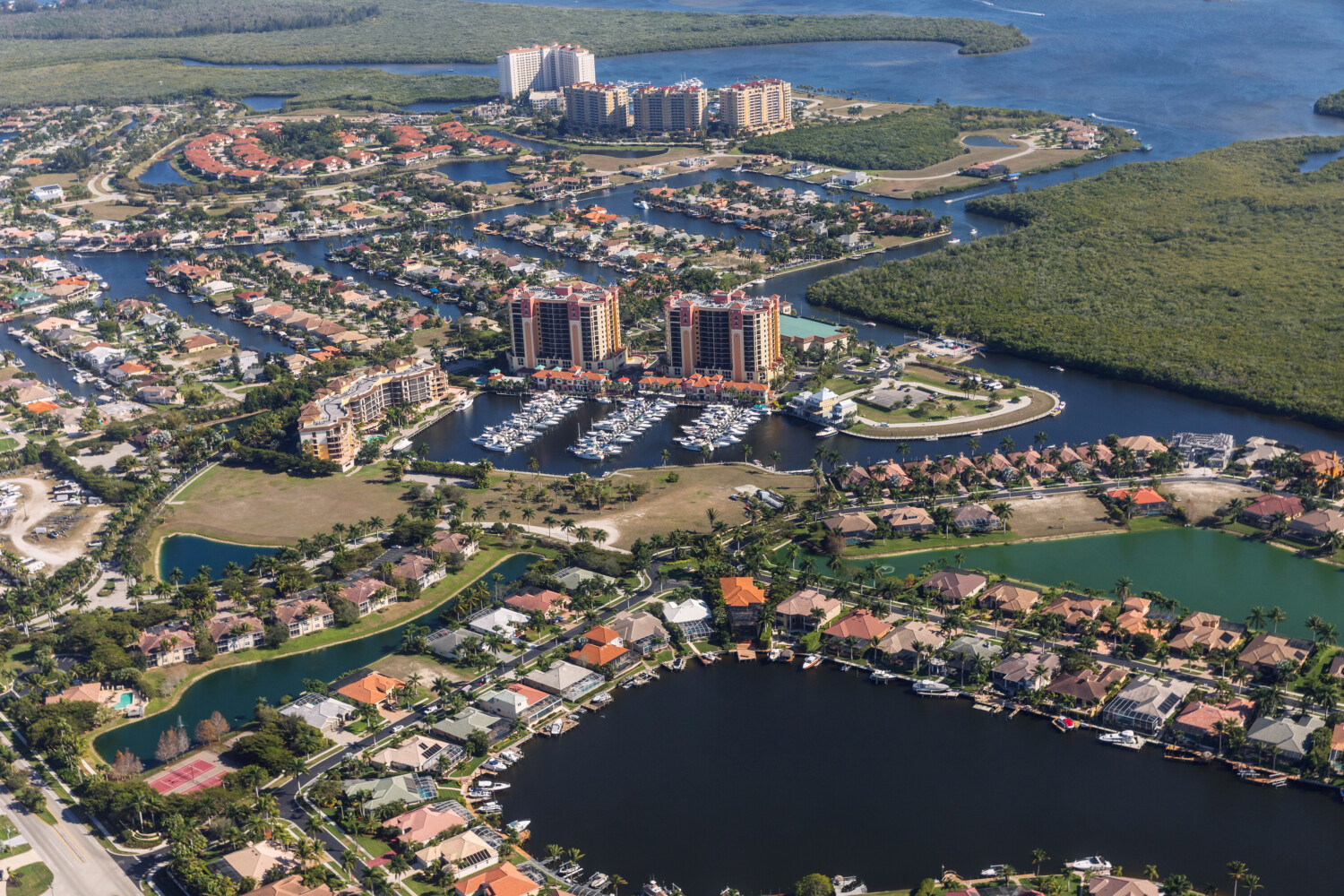
Cape Coral has an overall score of 81.32 points and is the second-most affected city in the state. Levels of tree pollen can be very high. The rate for medicine usage is worse than average, although the rate for specialist care is average.
6. Sarasota, Florida
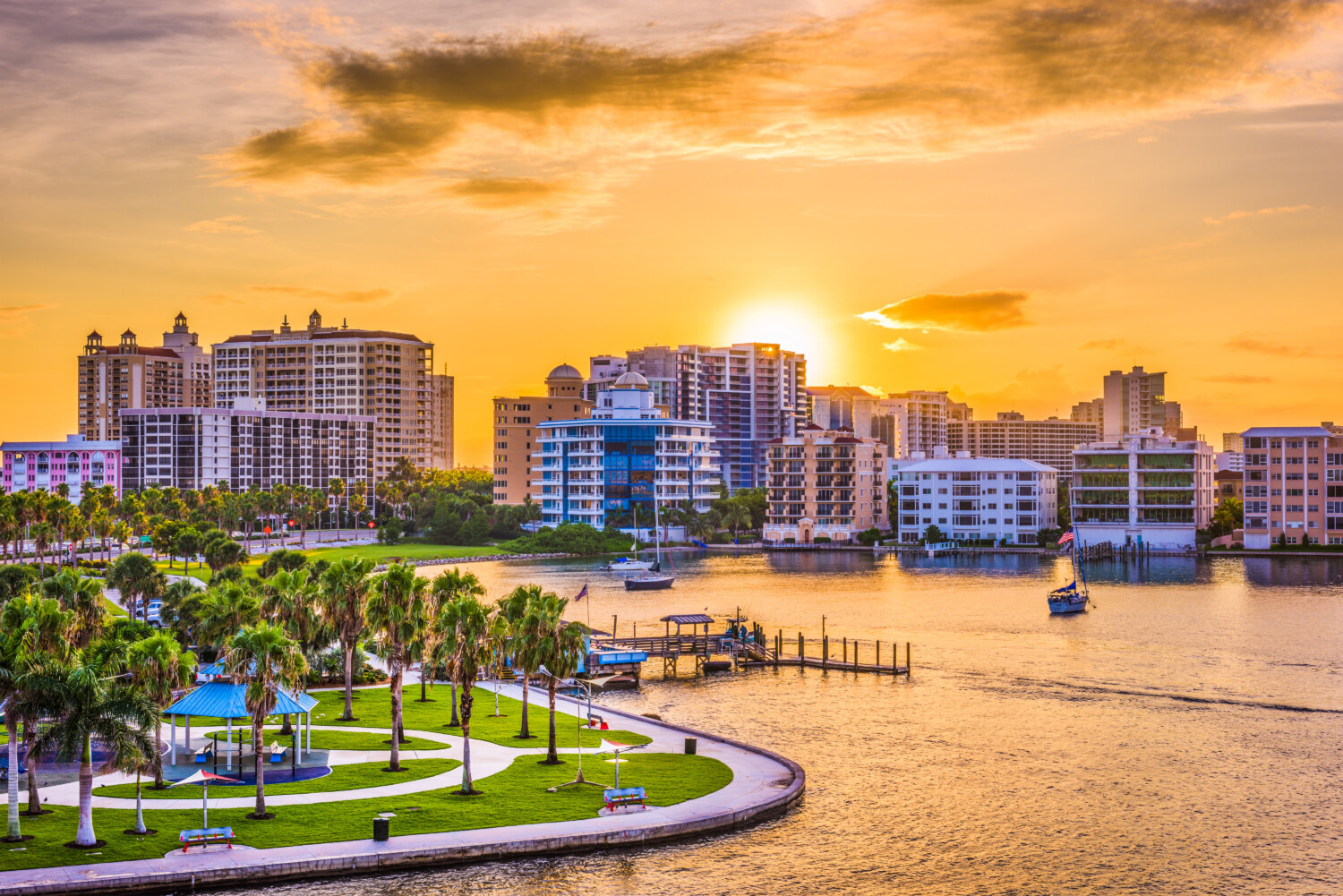
The most affected city in Florida is Sarasota, which has an overall score of 84.17 points. Tree and grass pollen levels can get very high from March through October, and it’s in the top five for tree pollen allergy days. Medicine use is worse than average. Specialist care is, however, just above average for Sarasota residents.
5. Tulsa, Oklahoma
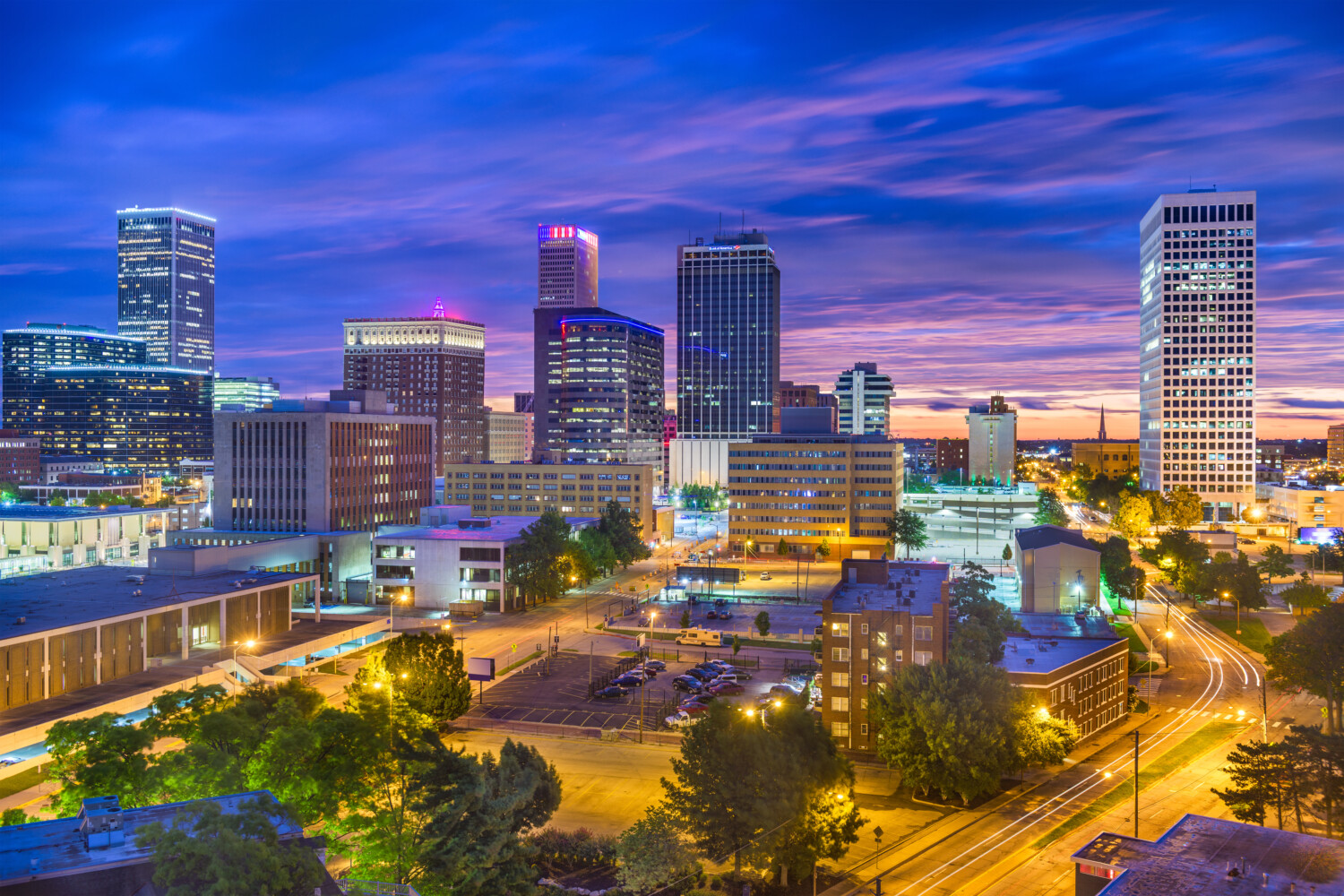
Tulsa has an overall score of 86.05 points and is the second-most affected city in Oklahoma. It’s in the top 10 for all three pollen types, with grass pollen levels especially high. And while specialist care ranks just above the state’s average, medicine usage is worse than average.
4. Oklahoma City
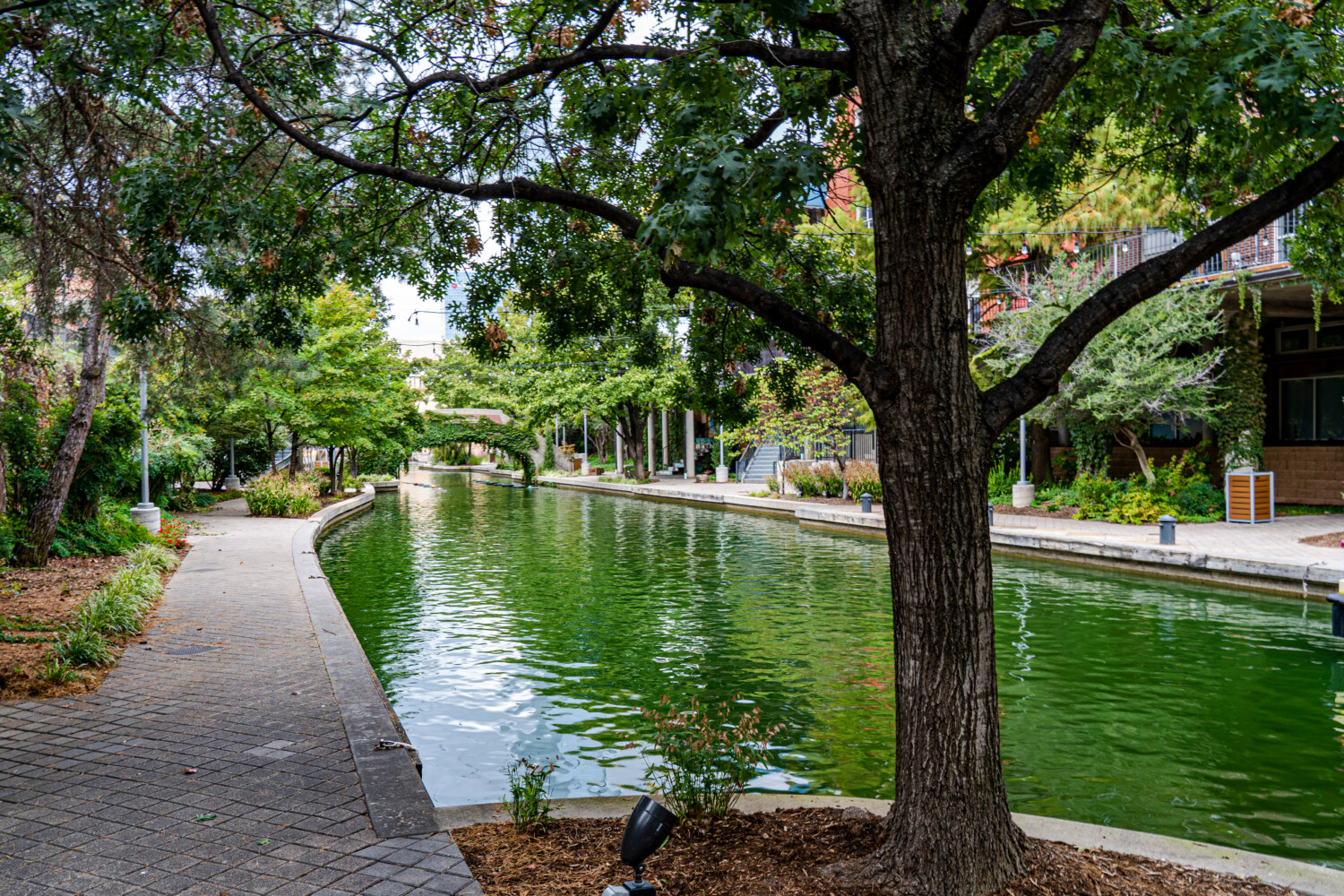
The most affected city in Oklahoma is Oklahoma City, which has an overall score of 86.69 points. Tree and grass pollen levels are quite high and medicine use is worse than average, but specialist care ranks slightly above the state’s average.
3. Scranton, Pennsylvania
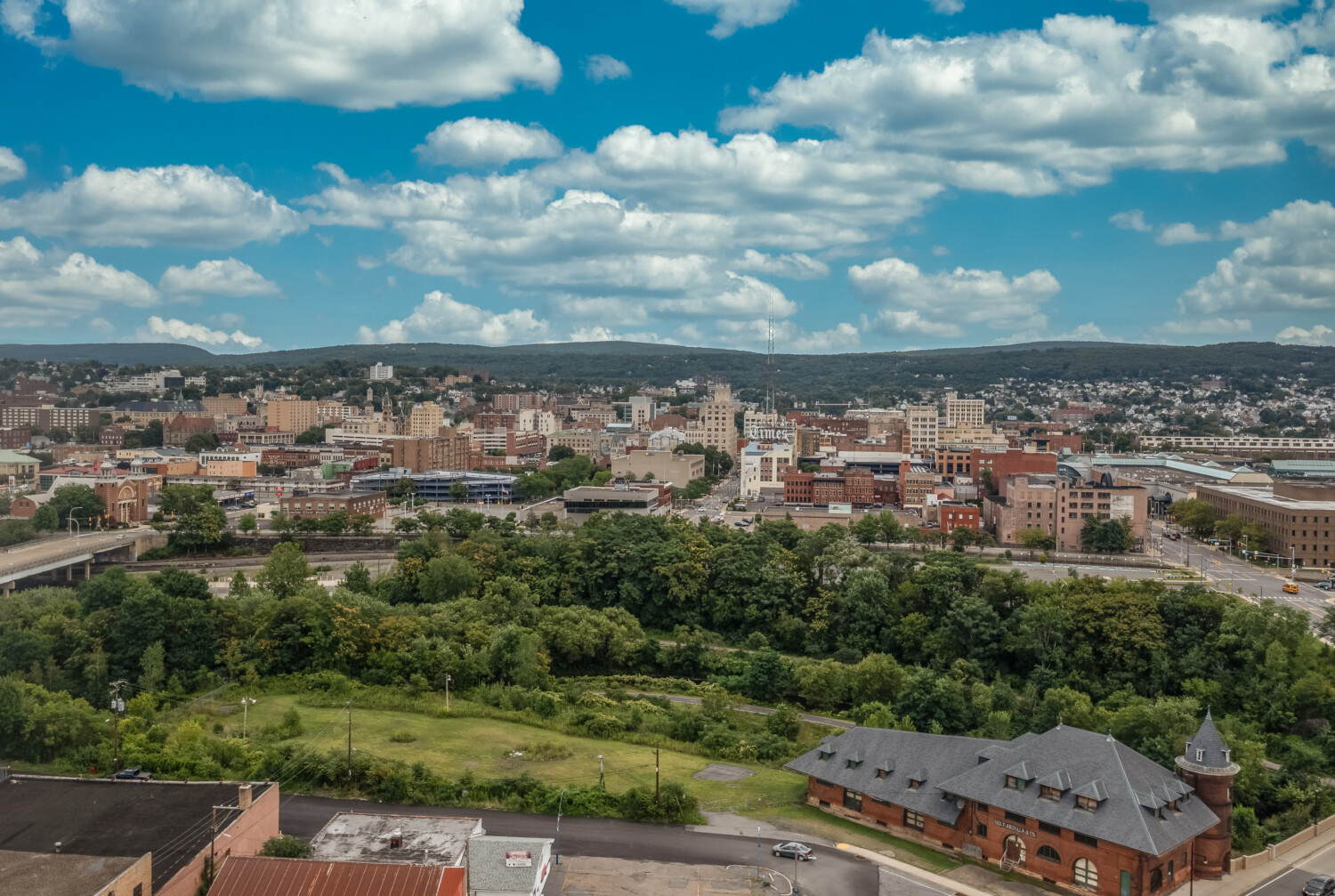
Scranton, Pennsylvania ranks as the third most affected city in the U.S., scoring an overall score of 87.08 points. Grass and weed pollen levels are exceptionally high for this region, making the city one of the top five allergy capitals for both types. It even ranks 11th in tree pollen levels, which peak in mid-February and can continue into May. Medicine use and specialist care are also worse than average.
2. Dallas
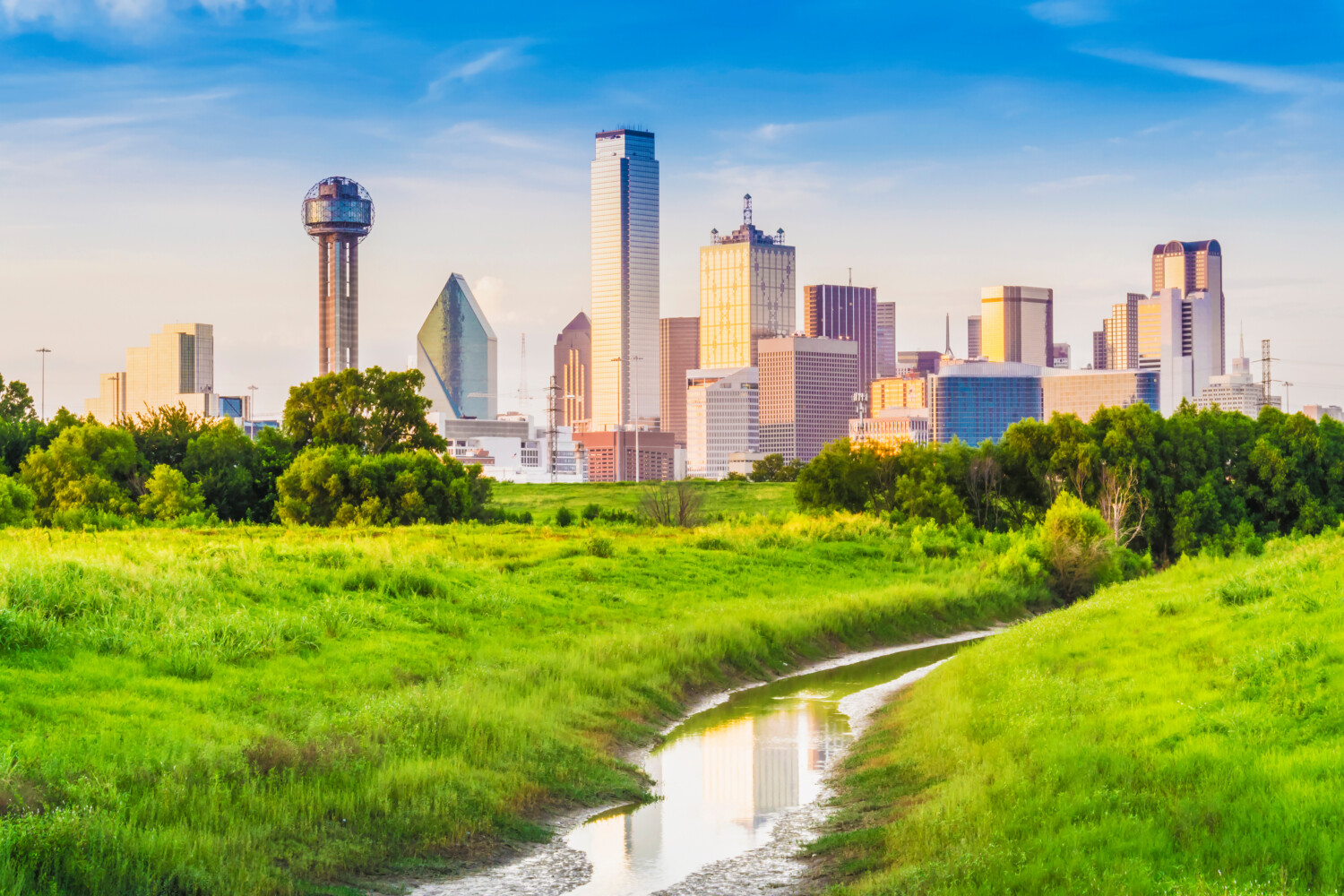
Dallas, Texas comes in second with an overall score of 87.26 points. It suffers from higher-than-average levels of pollen from trees, which peak in late March or early April, as well as grass pollen. Medicine use is worse than average, but specialist care ranks slightly above it.
1. Wichita, Kansas
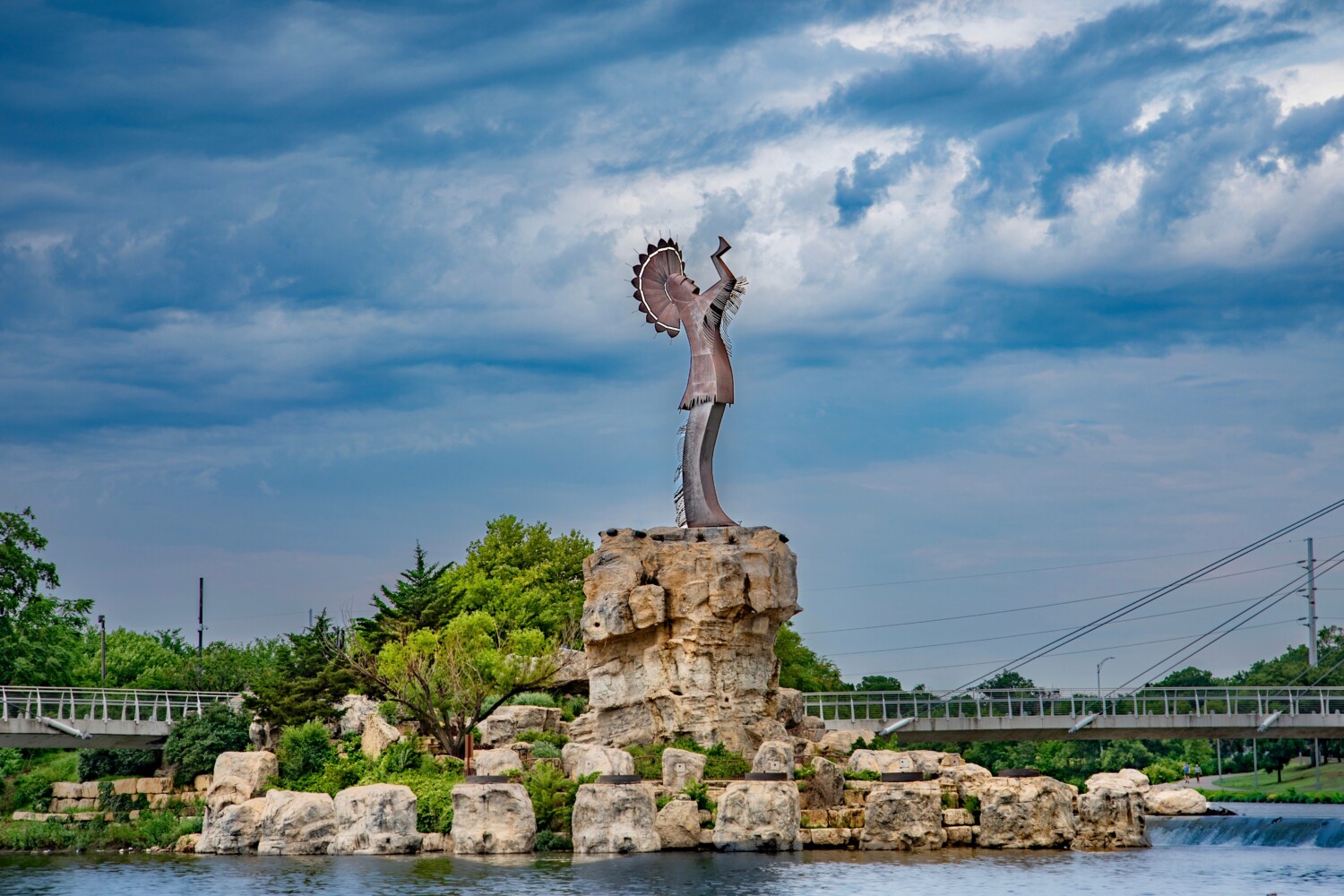
Topping the list, Wichita has a score of 100 points. It suffers from exceptionally high pollen levels from grass, which peaks in February and remains high through June. However, it sits at the top of all three categories when cities are ranked by high levels based on pollen type. Medicine use specialist care both rank worse than average.
Self-care is essential for those dealing with seasonal allergies, no matter where you live. Being aware of the allergens that may affect you, such as pollen and mold, can help you be prepared with the right medication and approach to managing your symptoms. In addition, taking preventive measures like keeping windows closed during allergy season or showering after being outside can help reduce your exposure levels and make living with seasonal allergies more manageable.
This story originally appeared on Simplemost. Check out Simplemost for additional stories.


